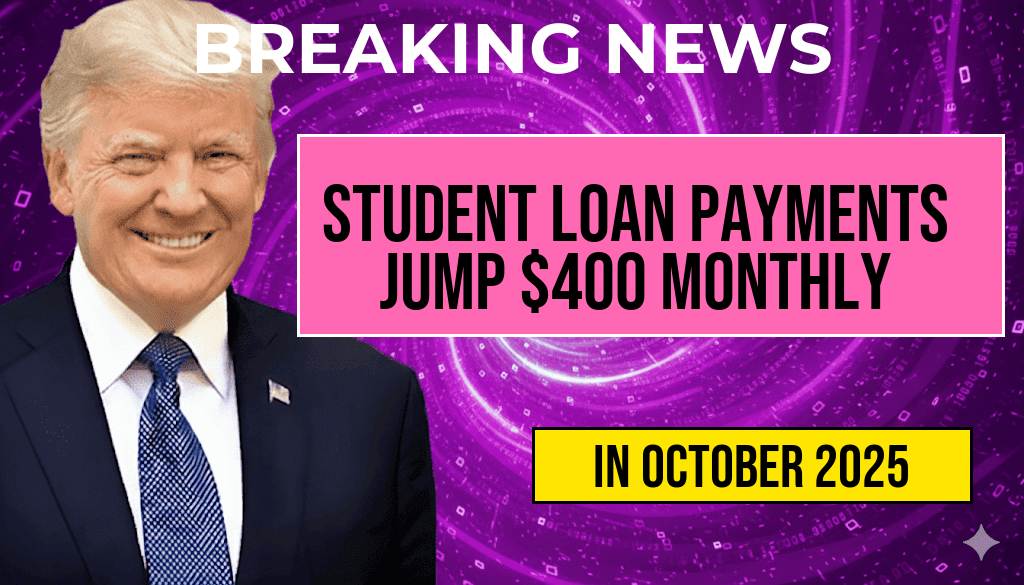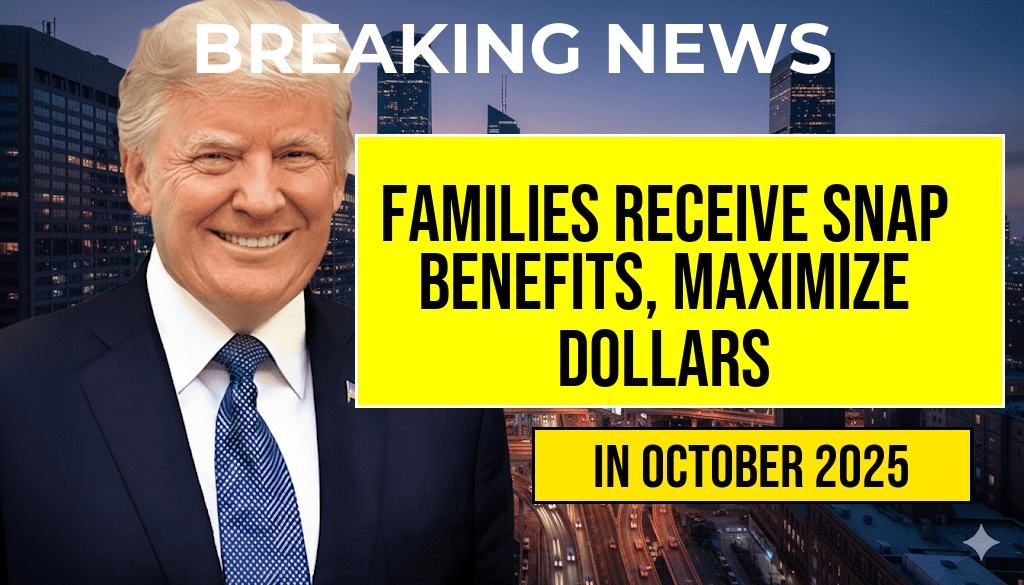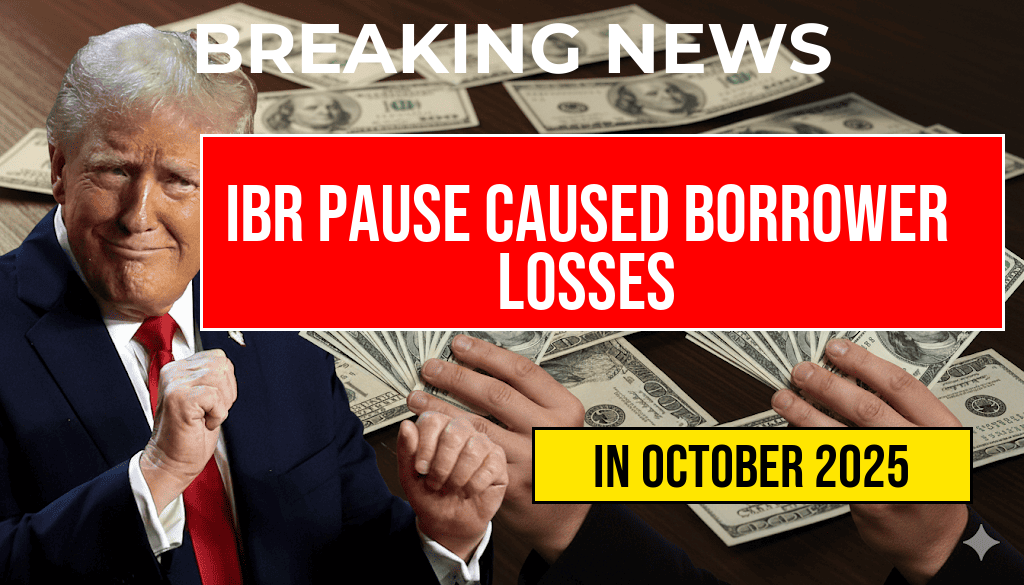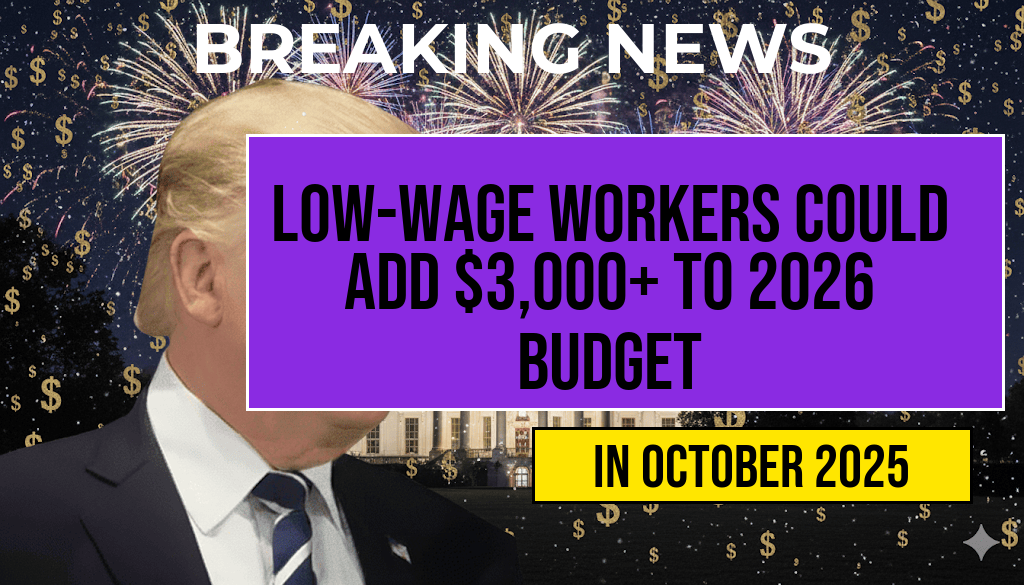Millions of recent graduates and borrowers are feeling a substantial financial squeeze as student loan payments surge by approximately $400 per month, marking the first widespread increase since the pause on payments was lifted. The recent policy shift, which restores monthly obligations after a temporary freeze, has immediate and significant implications for household budgets across the country. Borrowers who previously enjoyed deferred or reduced payments now face the reality of higher monthly costs, prompting concerns about their ability to manage other essential expenses. This surge is a direct consequence of the end of the pandemic-related relief measures, and experts warn that it could influence broader economic trends, including consumer spending and creditworthiness.
The Transition Back to Repayment
Background on the Payment Pause
During the COVID-19 pandemic, federal student loan borrowers benefited from a temporary payment suspension introduced by the Department of Education in March 2020. This measure aimed to alleviate financial stress as millions faced job losses and economic uncertainty. For over three years, borrowers could suspend payments without accruing interest, providing critical relief amid uncertain times (see more on student loans). As the economy stabilized and pandemic-era policies expired, the government resumed regular repayment schedules, leading to a sudden increase in monthly obligations for many.
Magnitude of the Payment Increase
| Borrower Profile | Previous Payment | New Payment | Increase |
|---|---|---|---|
| Average recent graduate | $200 | $600 | $400 |
| Borrowers with high debt balances | $300 | $700 | $400 |
| Low-income borrowers | $150 | $550 | $400 |
This table illustrates the typical increase in monthly payments faced by various borrower groups, with most seeing their obligations rise by approximately $400. For many, this jump represents a significant portion of discretionary income, raising concerns about financial stability and debt management.
Impact on Borrowers and the Economy
Immediate Financial Strain
Borrowers are reporting challenges in adjusting to the higher payments. Many have had to cut back on discretionary spending, delay major purchases, or seek additional income sources. Financial counseling agencies note an uptick in requests for debt management advice, highlighting the stress caused by the payment increase (see FDIC guidance).
Potential Ripple Effects
- Housing Market: Increased debt burdens may lead to reduced home buying activity, as borrowers prioritize loan payments over new mortgages.
- Consumer Spending: Higher payments could suppress discretionary spending, impacting retail and service sectors.
- Credit Scores: Missed or delayed payments might negatively influence credit scores, complicating future borrowing.
Policy Responses and Future Outlook
Government and Industry Initiatives
Federal agencies are monitoring the situation closely. Some advocates urge policymakers to consider targeted relief measures or income-based repayment options to ease the transition. Meanwhile, private lenders and servicers are providing resources to help borrowers navigate repayment challenges.
Long-Term Implications
Economists warn that the surge in student loan payments could slow economic recovery if household budgets tighten significantly. However, others highlight that resuming payments is necessary to stabilize federal finances and ensure the sustainability of the student loan system (more on student debt). The Biden administration has signaled ongoing efforts to improve repayment options, but the immediate impact remains stark for many borrowers.
Resources and Support
- Federal Student Aid: Information on repayment plans and borrower assistance programs can be found at studentaid.gov.
- Financial Counseling: Nonprofit organizations like NFCC offer free or low-cost debt management counseling to help borrowers develop sustainable repayment strategies.
- Legal Assistance: For borrowers facing hardship, legal aid organizations can provide guidance on deferment, forbearance, or other relief options.
Frequently Asked Questions
What is causing the increase in student loan payments by $400?
The increase is primarily due to changes in interest rates and loan repayment policies that are affecting millions of borrowers. These adjustments are leading to higher monthly payments.
Who is most affected by the surge in student loan payments?
Many student loan borrowers, especially those with variable interest rate loans or nearing loan repayment start dates, are experiencing this payment increase. Lower-income borrowers and recent graduates are among the most impacted.
How might this payment increase affect borrowers’ financial situations?
The surge in monthly payments could strain household budgets, potentially leading to increased financial stress and challenges in meeting other expenses. Some may need to consider refinancing or income-driven repayment plans.
Are there any options available to help borrowers manage higher payments?
Yes, borrowers can explore income-driven repayment plans, deferment, or forbearance options. Consulting with loan servicers or a financial advisor can help identify the best strategies to manage increased loan payments.
When will the full impact of these payment increases be felt by all borrowers?
The initial effects are already being felt by many, but as loan repayment cycles continue, the full impact will become more evident over the coming months. Ongoing policy updates may also influence future payment adjustments.






